George Hennard – Bell County, Texas
George Hennard was the perpetrator of the 1991 Luby’s Cafeteria massacre in Killeen, Texas, a mass shooting that occurred on October 16, 1991. The attack resulted in multiple deaths and injuries before Hennard died at the scene.
Key Facts
- Hennard killed 23 people during the Luby’s Cafeteria attack.
- He had no widely used public nickname associated with the massacre.
- The incident ended with Hennard wounded by police gunfire and then deceased by suicide.
- Because he died at the scene, there was no criminal trial or sentencing.
- Hennard used a pickup truck to ram the cafeteria and a handgun to shoot victims.
- The rampage lasted approximately ten minutes from entry to the police confrontation.
- The attack took place at a Luby’s Cafeteria in Killeen, in Bell County, Texas.
- The massacre occurred on October 16, 1991.
- Investigators and contemporaneous reports linked the attack to Hennard’s hostility toward women.
- Hennard was a resident of Bell County, Texas, prior to the attack.
Crimes and Victims
On October 16, 1991, Hennard drove a pickup truck through the front window of a Luby’s Cafeteria and immediately began shooting at patrons. Eyewitnesses reported that, immediately after exiting the vehicle, he shouted “This is what Bell County has done to me!” before opening fire.
He fired at multiple people inside the cafeteria, concentrating fire on several female victims and killing and wounding a number of patrons. Survivors described sheltering beneath tables and attempting to flee or assist others as the attack unfolded.
Capture and Trial
Local law enforcement responded to the scene and engaged Hennard during a short standoff in the rear of the building. Officers fired at Hennard, after which he died by a self-inflicted gunshot wound; he did not survive to face arrest.
Because Hennard was killed at the scene, there was no criminal prosecution or sentencing in his case. Authorities conducted an investigation into the events and Hennard’s background to establish motive and circumstances surrounding the attack.
Psychology and Motives
Investigators and acquaintances indicated Hennard harbored deep-seated resentment toward women, which emerged in his statements and in the apparent selection of victims during the attack. Reports at the time suggested that repeated perceived rejections and personal grievances contributed to his hostility.
Formal psychiatric evaluation was not possible after his death, so conclusions about his mental state rely on testimonial evidence, prior behavior, and items recovered by investigators. Analysts and commentators have cited a combination of personal grievance, misogynistic attitudes, and access to weapons as factors in the attack.
Background / Early Life
Hennard was a resident of Bell County, Texas, and had lived in the area prior to the 1991 massacre. Public records and media reporting at the time described him as relatively private, with limited social ties documented by acquaintances.
Accounts from people who knew him referenced difficulties in relationships and episodes of interpersonal conflict, but there was no single clear public record of longstanding criminal behavior that foreshadowed an event of this scale. Investigators reviewed his past interactions and lifestyle as part of reconstructing motives and planning.
Legacy and Media Coverage
The Luby’s massacre received extensive national media coverage and remains one of the deadliest mass shootings in U.S. history, cited in subsequent debates about gun policy, workplace safety, and emergency response. Coverage included news reporting, documentary accounts, and retrospectives on anniversaries of the attack.
The event prompted local memorials for victims and influenced discussions about security in public spaces and training for responding officers and civilians. The massacre is frequently referenced in analyses of mass shootings and in studies seeking to understand preventive measures and warning signs.
Trending on Killerpedia

Fred & Rose West – Gloucester, England
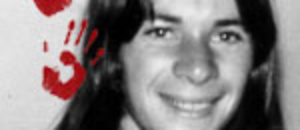
Christopher Robin Worrell – Truro, South Australia, Australia

Jeffrey Dahmer – Milwaukee, Wisconsin

Dennis Nilsen – Full Sutton, Yorkshire, England
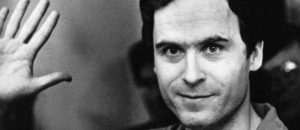
Ted Bundy – Florida
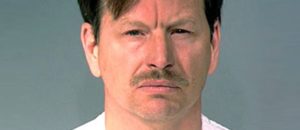
Gary Ridgway – Washington State
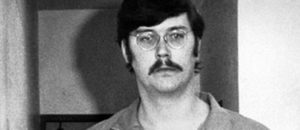
Edmund Kemper – California

Pedro Lopez
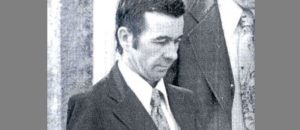
Donald Henry Gaskins – Florence County, South Carolina
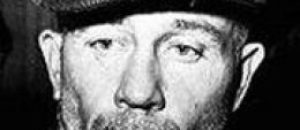
Edward Theodore Gein
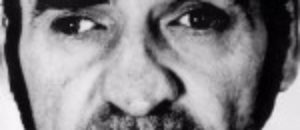
Fritz Honka – Hamburg, Germany
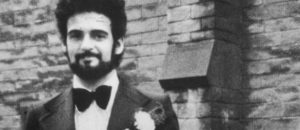
Peter Sutcliffe – Broadmoor

